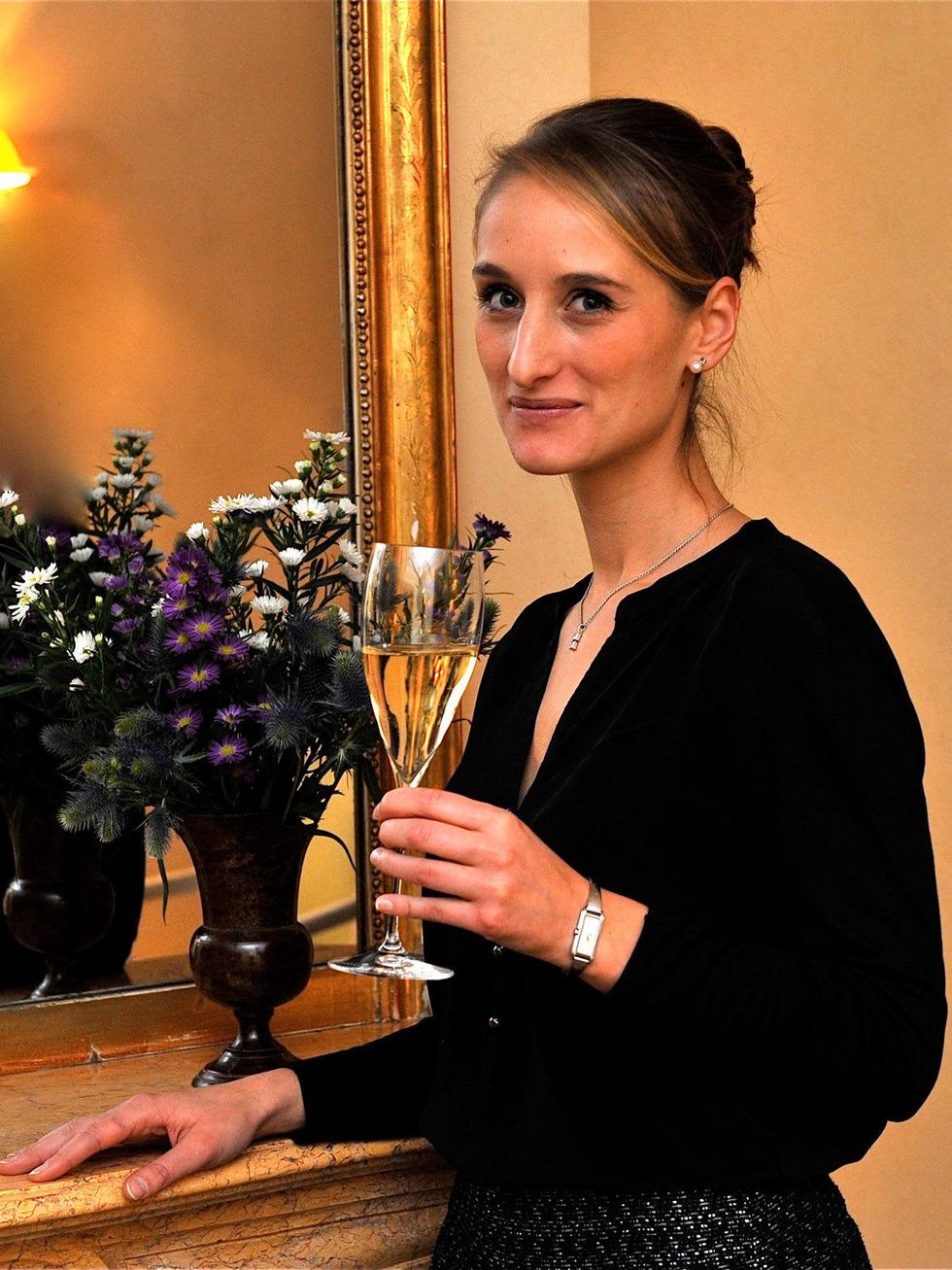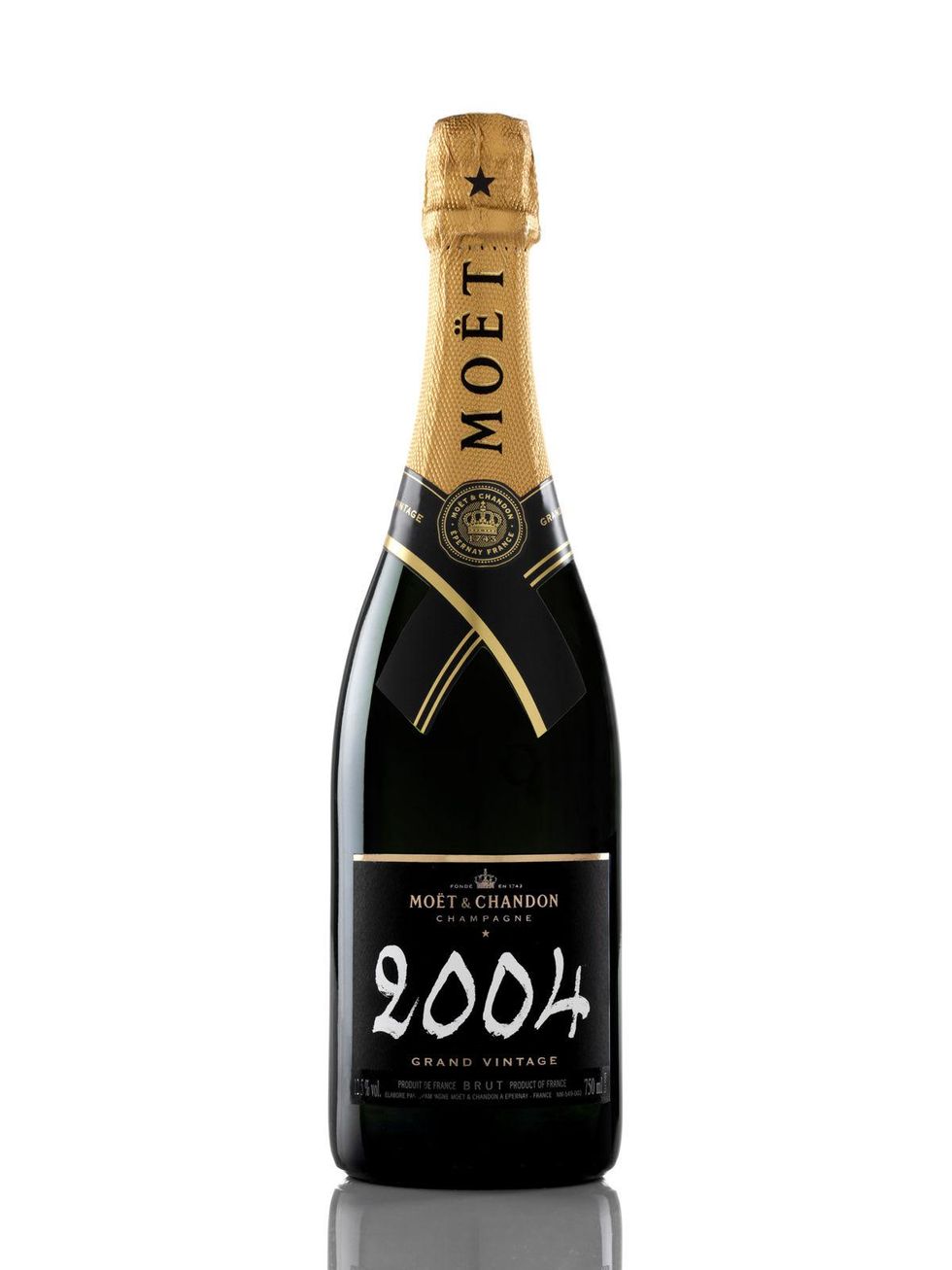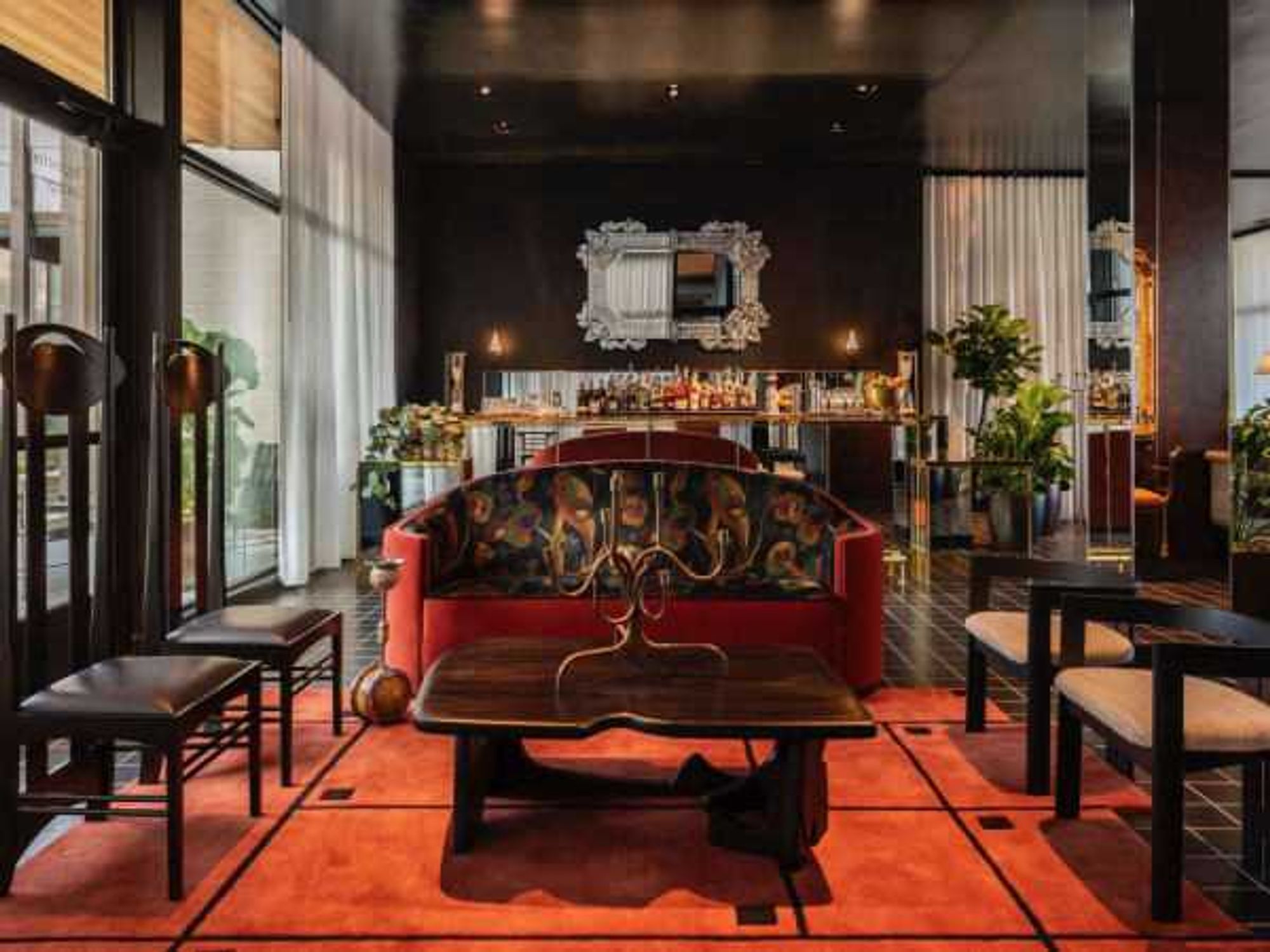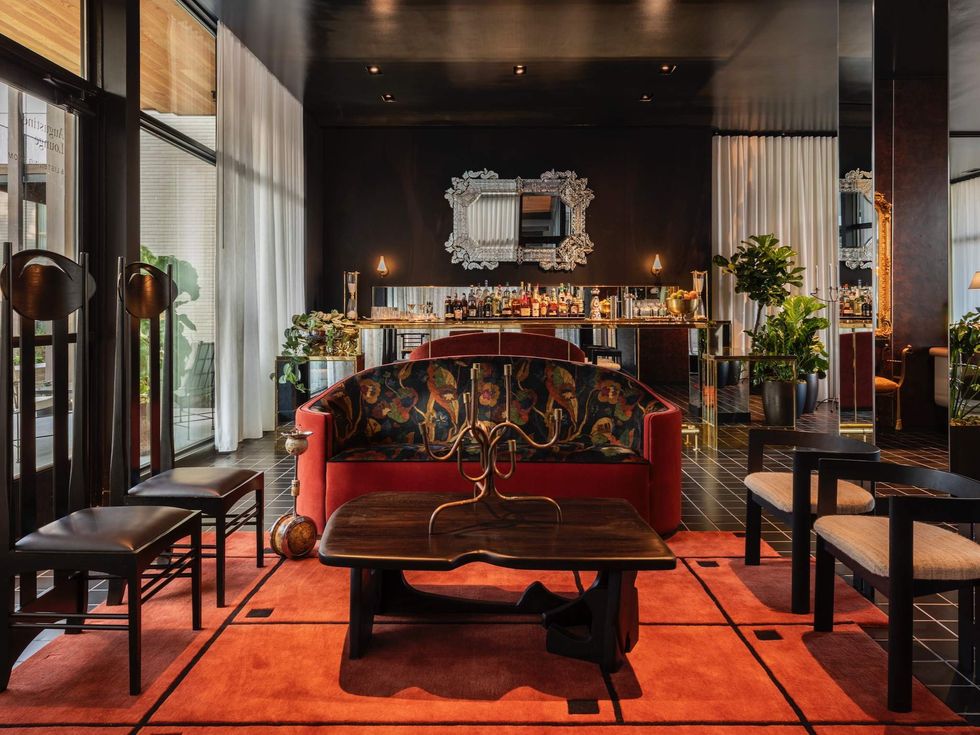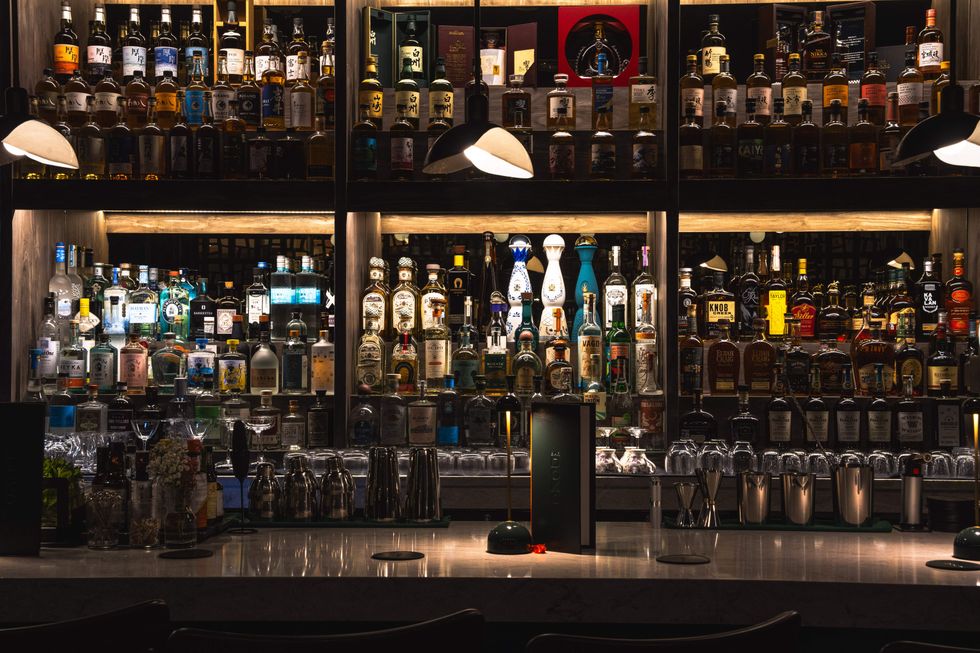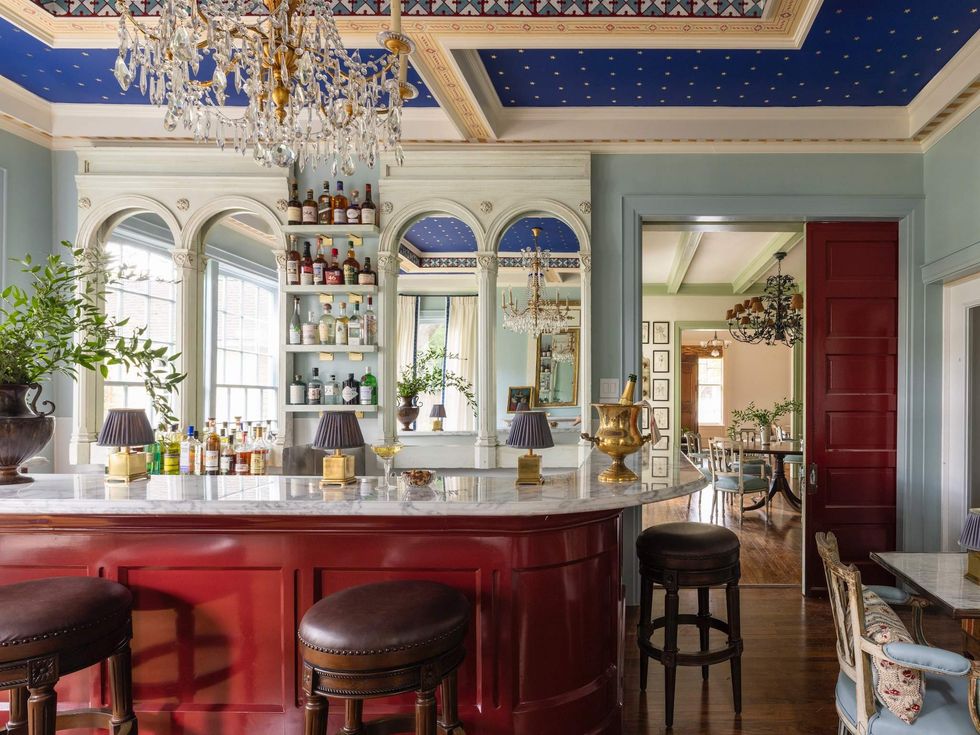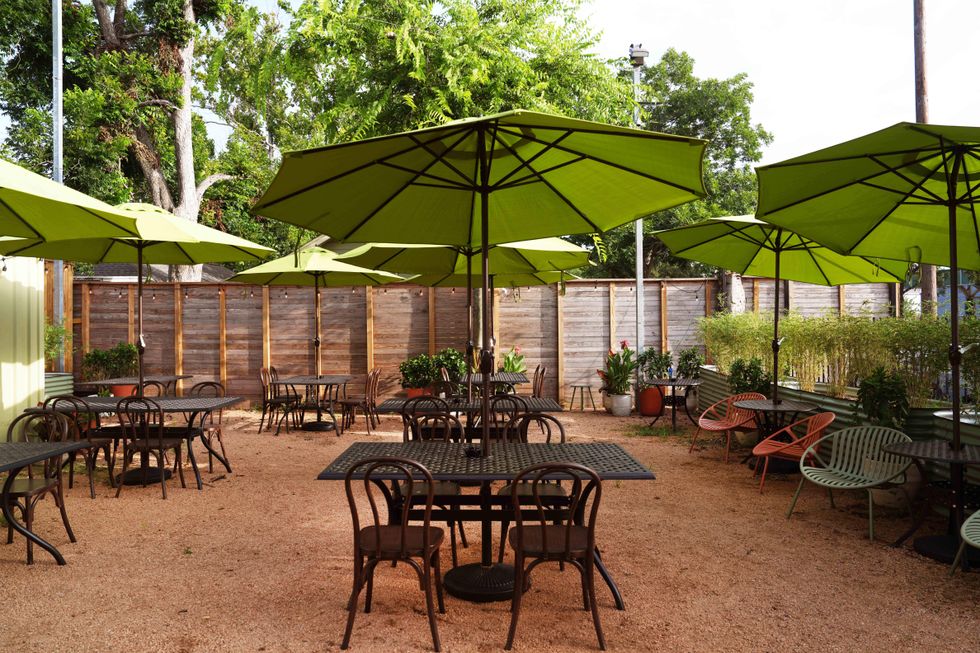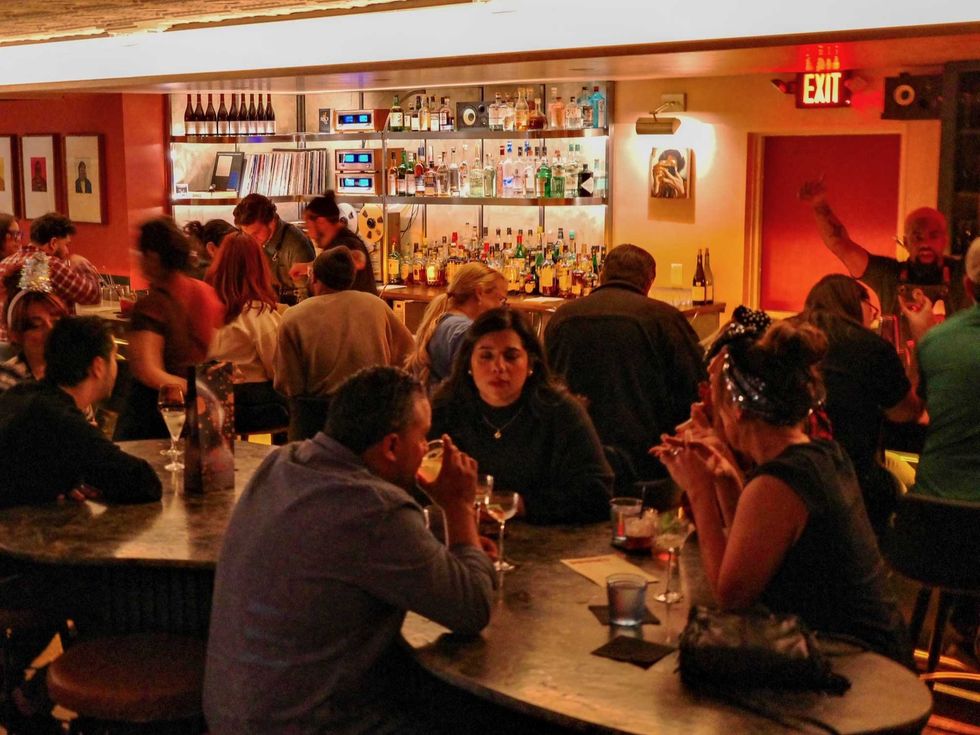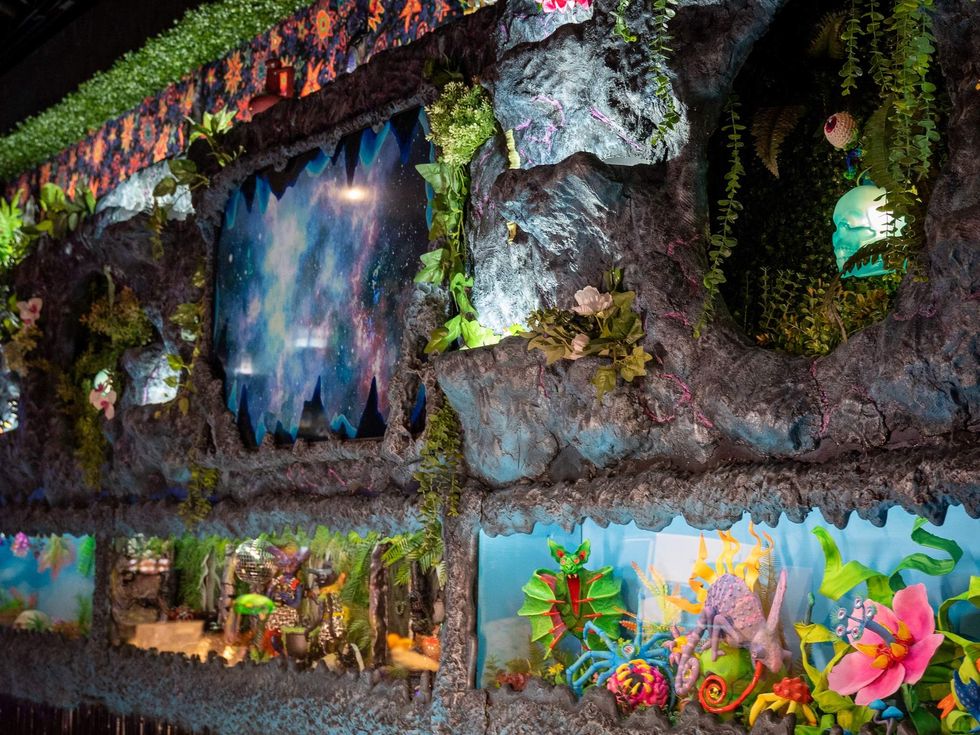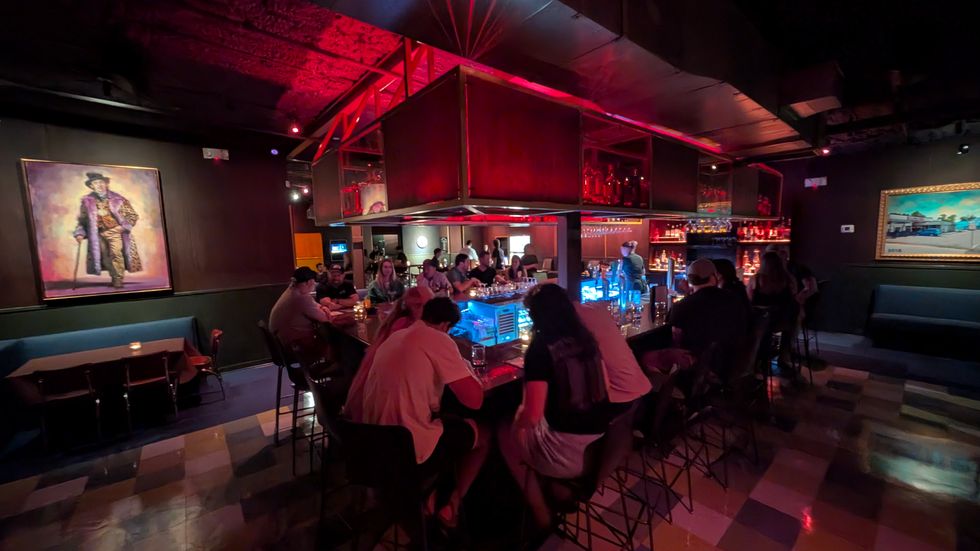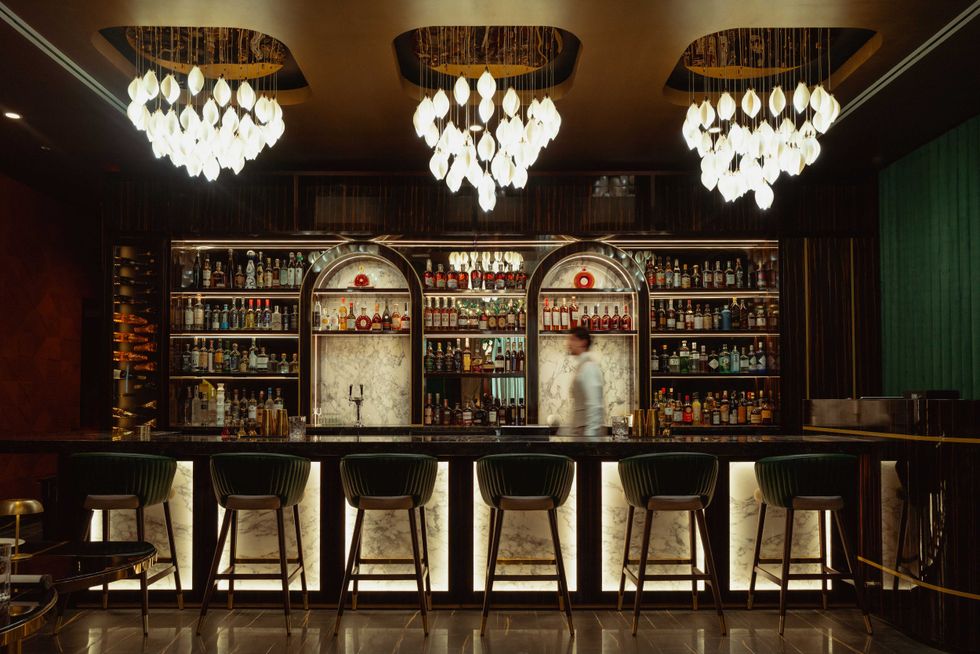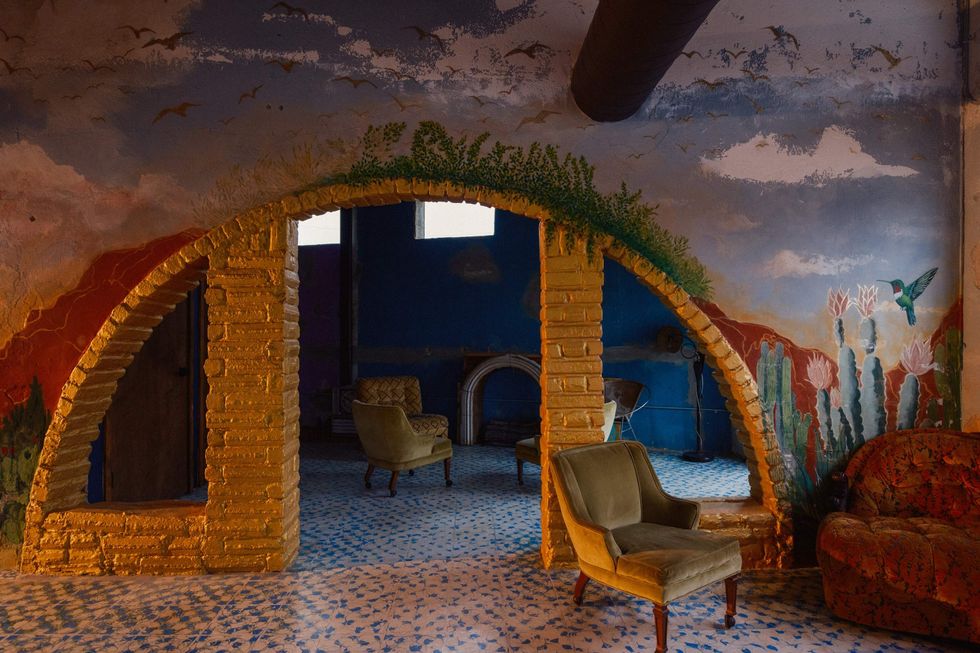The Good Life
No flutes, please! The Insiders Guide to champagne sipping at its very best
It's a tough job, but someone had to do it.
Actually, when the folks behind the Moët & Chandon label invited me to a champagne tasting at the Hotel Granduca recently, I jumped at the opportunity.
And I learned a lot.
For starters, NEVER drink champagne from a narrow flute. Instead, the bubbly should be sipped from a white wine glass, says Moët expert Elise Losfelt, who is on a tour of major U.S. cities to tout the release of several vintage champagnes.
For starters, NEVER drink champagne from a narrow flute. Instead, the bubbly should be sipped from a white wine glass, says Moet expert Elise Losfelt.
"It's really better," Losfelt says, because the larger opening allows the champagne to breath and lets the drinker enjoy the full aroma and taste.
The champagne should be chilled at around 8 to 10 degrees Celsius (about 46-50 degrees Fahrenheit). It's better for the champagne to be too cold than too warm, Losfelt insists, because you can always warm it up by holding the glass in your hand. But in most cases, you want to hold the glass by the stem.
Swirl the champagne to release the aromatic molecules — "the most heavy ones need to be helped a little bit," Losfelt explains — and even though there's a temptation to take a big gulp, instead take a small sip, to savor the flavors.
"Feel the colors in your mouth," she instructs me at one point, just as I am tasting my first sip.
In recent years, American tastes for a drier champagne have come more in line with the rest of the world. The best-selling Moët & Chandon Brut Imperial champagne sold in the United States has been reconstituted, with less sugar (9 grams per liter compared to the former 13 grams), and the response has been positive.
"It shows people know more about the character (of the champagne)," says Losfelt, who is only 27 but is a sixth-generation winemaker whose family vineyard is in Gres de Montpellier. "When there's less sweetness, the taste is more precise."
Special champagnes
As the tasting continued, Losfelt uncorked several special champagnes. First came a bottle of the 2004 Grand Vintage, which is the new release of the house and its 70th vintage champagne. It retails for around $60 a bottle. "It's something rare, original and unique," she says. "The production is really small."
Losfelt picks the words "sleek, elegant and graceful" for the 2004 Grand Vintage because the growing season that year was a good one, with a somewhat dry spring followed by early summer rains and warm temperatures. With a hint of toastiness and lemony notes, the bubbly light yellow champagne is a perfect complement to scallops, lobster, sea bass, poultry and yellow gold vegetables.
One Houston guest was so pleased with the pairing that he purchased 12 cases of the champagne.
At a Champagne Pairing Dinner at the Tasting Room Uptown Park the night before, the main course included pan seared Chilean sea bass with cauliflower subise and a tropical fruit salsa, paired with a Moët & Chandon Grand Vintage 2004. One Houston guest was so pleased with the pairing that he purchased 12 cases of the champagne.
Next, Losfelt uncorked a 1993 Grand Vintage to showcase what a difference a decade makes. It retails for $140 a bottle, and has just been re-released. It has some of the same characteristics of the 2004 Grand Vintage, since the harvest seasons were similar, but, obviously, a darker color and stronger aroma from the additional aging.
It pairs well with a chicken breast with orange sauce or spiced honey-seared duck and dark crunchy rice to really bring out the flavors.
As a special treat, Losfelt then brought out a 1973 Grand Vintage champagne that is so rare that it's not for sale. It's also sometimes hard to find a bottle that's good given the time that has passed— the first bottle was corked (the champagne came in contact with a contaminated cork during the aging process) so another was brought out — and, as I sipped it, I decided I liked the 1993 Grand Vintage better.
That's pretty much heresy in champagne circles, although Losfelt was far too polite to tell me I was an idiot. "I love the '73 for its personality," she said.
But then, as she had done throughout the tasting, she was was careful not to swallow the champagne, instead demurely spitting it into a silver cup.
I, on the other hand, thought it was a shame to waste any of the precious elixir. So I eschewed the rules of a champagne tasting, and drank every last drop.
